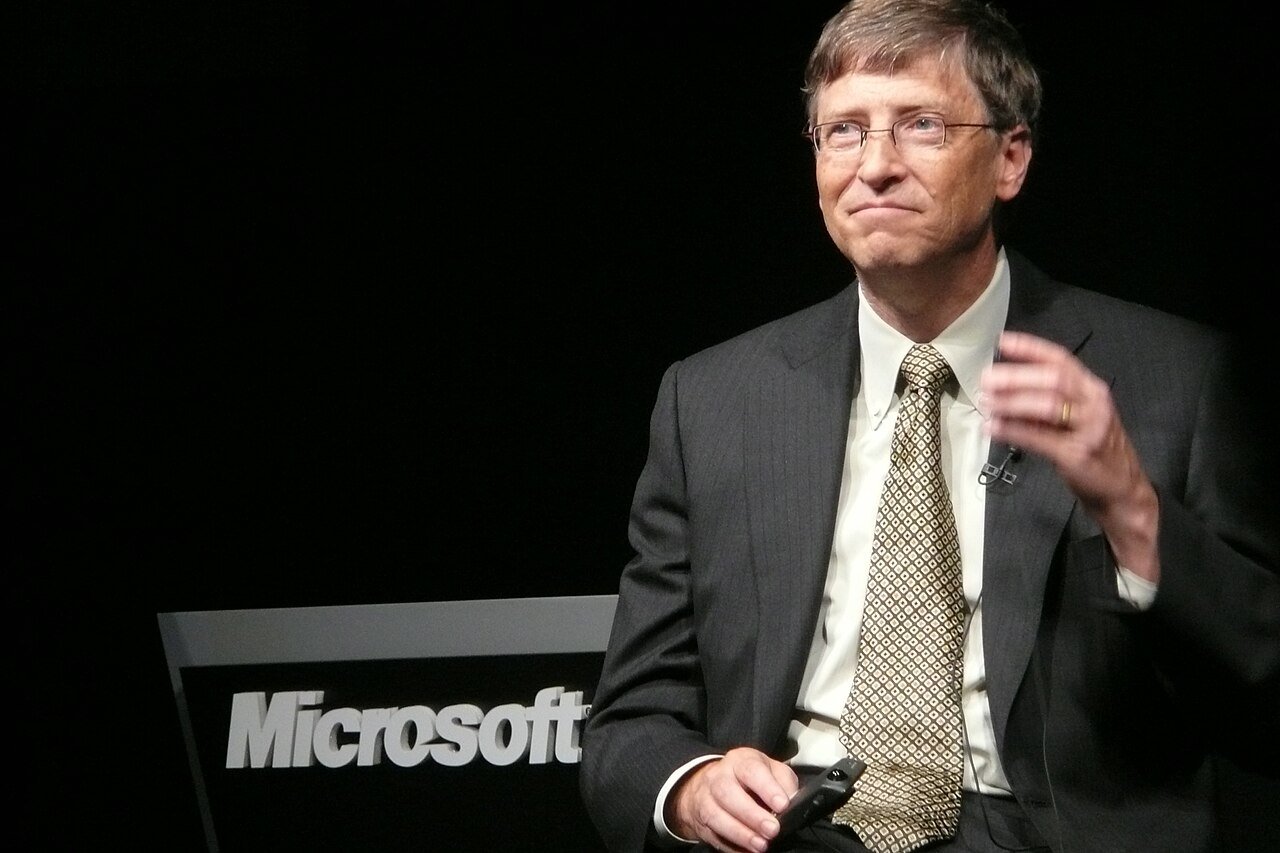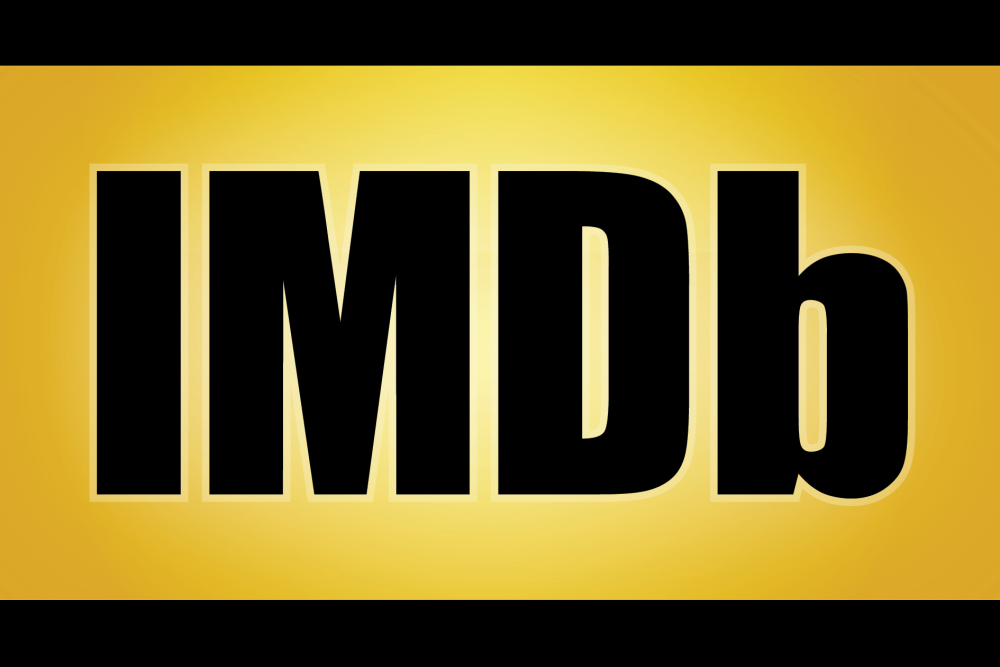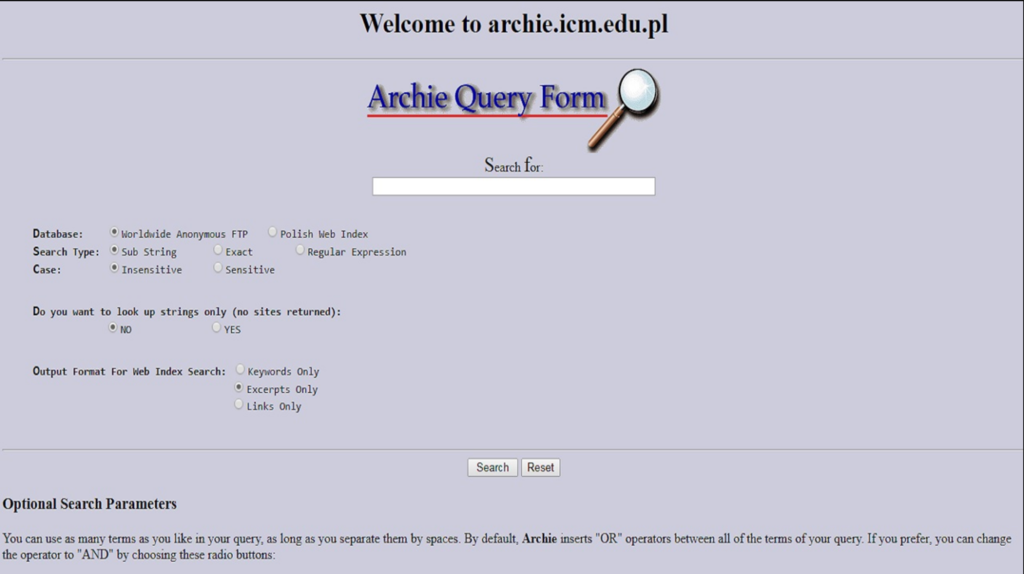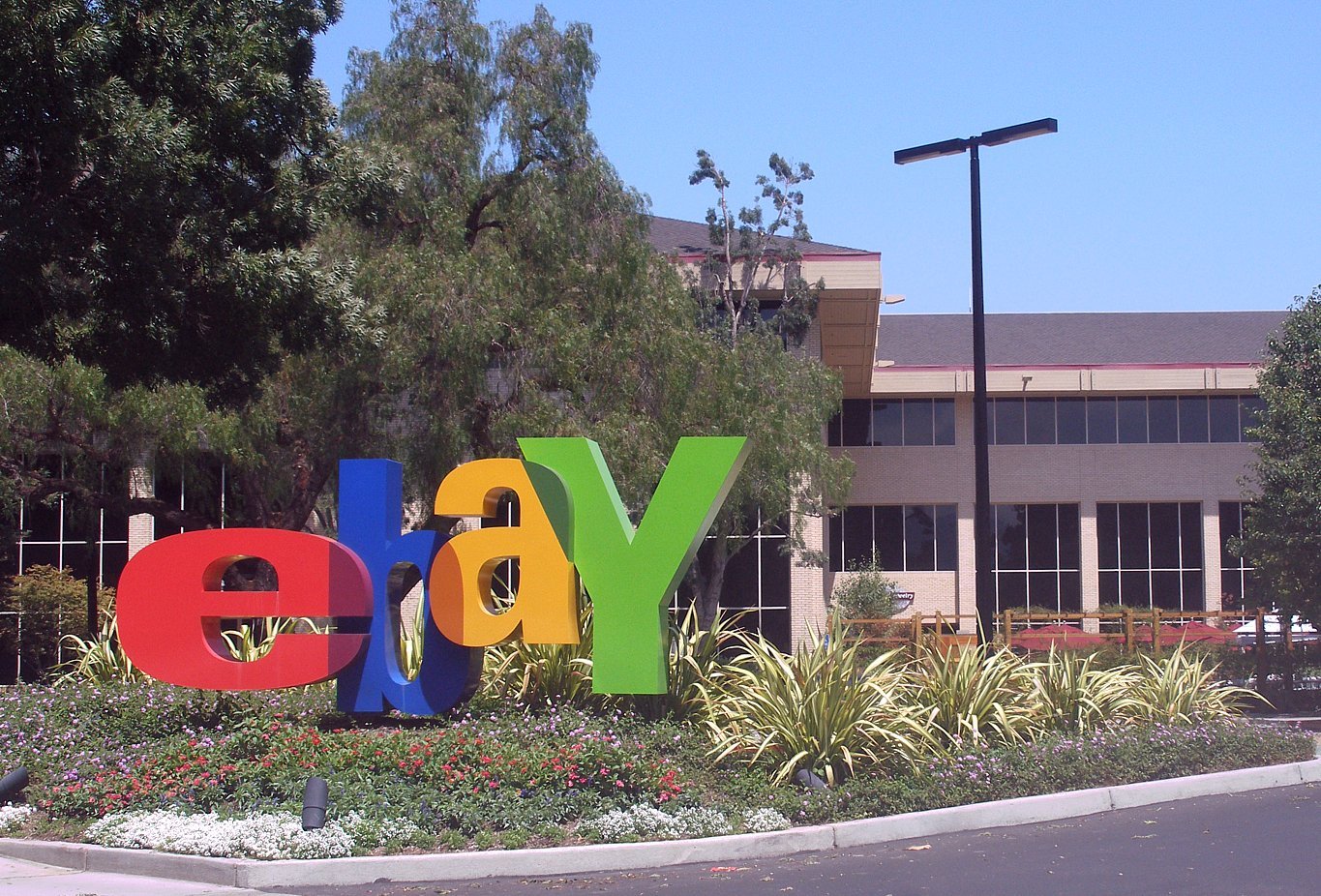Few names resonate as profoundly in the annals of Internet history as Yahoo. A company that epitomizes the rapid evolution of the digital realm, Yahoo has a storied past marked by innovation, growth, and adaptability. Its journey, from humble beginnings in a Stanford University dorm room to becoming a global internet powerhouse, is a testament to the vision and determination of its founders, Jerry Yang and David Filo.
The history of Yahoo is inextricably intertwined with the dynamic landscape of the World Wide Web. In 1994, two Stanford graduate students, Jerry Yang and David Filo, began a modest quest to catalog their favorite websites. Their creation, initially christened “Jerry and David’s Guide to the World Wide Web,” soon underwent a name change, morphing into the more succinct and memorable “Yahoo.” The acronym, “Yet Another Hierarchical Officious Oracle,” cheekily underscored the ever-expanding nature of the internet.
By March 1995, Yahoo was officially incorporated, laying the groundwork for a digital revolution that would define an era. The company’s platform rapidly evolved from a simple web directory into a multifaceted internet portal, offering services ranging from email and news to a nascent search engine. This metamorphosis coincided with the burgeoning dot-com era, a time of unbridled optimism and explosive growth in the tech industry.
The turning point for Yahoo came with its initial public offering (IPO) in April 1996, which marked one of the earliest instances of an internet company going public. This milestone not only injected significant capital but also propelled Yahoo into the forefront of the digital landscape, cementing its status as an internet giant.
The late 1990s and early 2000s witnessed Yahoo’s meteoric rise, fueled by a series of strategic acquisitions that expanded its services and user base. GeoCities, Broadcast.com, and eGroups were among the notable acquisitions during this period. Yahoo also ventured into partnerships and investments, including a pivotal stake in Alibaba, a move that would yield substantial returns in the future.
However, Yahoo’s journey was challenging. The company grappled with increasing competition, leadership changes, and the evolving dynamics of the online world. In subsequent years, it would face both triumphs and tribulations, from its peak of popularity during the dot-com boom to grappling with data breaches and eventual acquisition by Verizon Communications.
Table of Contents
Who created Yahoo and why?

Yahoo was created in 1994 by Jerry Yang and David Filo, two Stanford University graduate students. They developed Yahoo as a hobby project with a simple yet powerful objective: to organize and catalog their favorite websites on the emerging World Wide Web.
Initially named “Jerry and David’s Guide to the World Wide Web,” Yahoo started as a personal endeavor to keep track of websites they found interesting and useful. However, as the web expanded rapidly, they realized that there was a growing need for a structured directory that could help others navigate the vast and often chaotic digital landscape.
Recognizing the potential utility of their creation, Yang and Filo decided to make it publicly accessible. They soon renamed it “Yahoo,” a playful acronym for “Yet Another Hierarchical Officious Oracle,” conveying the ever-growing nature of the internet.
What began as a small-scale project in a Stanford dorm room quickly became a comprehensive web directory and eventually transformed into a pioneering internet company. Yahoo’s founders’ original intent to help users find their way through the burgeoning web laid the foundation for one of the most influential and enduring internet companies in history. Through their ingenuity and vision, Jerry Yang and David Filo played a pivotal role in shaping the early Internet and making it more accessible to millions worldwide.
What is Yahoo’s full form?
Yahoo’s full form is “Yet Another Hierarchical Officious Oracle.” Yahoo is a prominent American multinational technology company founded in 1994 by Jerry Yang and David Filo. Initially, it started as a directory of websites, providing users with a way to navigate the early web. Over the years, Yahoo expanded its services to include email (Yahoo Mail), a search engine, news, finance, and various other online offerings.
In its heyday, Yahoo was one of the most popular web portals and played a significant role in shaping the early Internet. It went through several transformations and acquisitions, including purchasing popular websites like Flickr and Tumblr. However, it faced fierce competition from companies like Google and Facebook, eventually leading to a decline in its influence.
In 2017, Yahoo’s core internet operations were acquired by Verizon Communications and integrated into a new company called Oath Inc., which later became Verizon Media. Despite its changing fortunes, Yahoo remains an iconic name in the history of the internet.
What is Yahoo called now?
Yahoo has undergone several transformations and ownership changes. It was most recently known simply as “Yahoo” again after briefly being a part of Verizon’s media group and being called “Verizon Media Group” or “Oath Inc.” Here’s a summary:
Verizon Acquisition of Yahoo
In 2017, Verizon Communications acquired Yahoo’s core internet operations, including Yahoo Mail, Yahoo News, and Yahoo Finance. At this point, the entity that housed these properties was called “Verizon Media Group.”
Rebranding
In 2019, Verizon Media Group was rebranded as Verizon Media, which included properties such as Yahoo, AOL, and several other digital media brands.
Apollo Global Management
In May 2021, Verizon sold off its media division, which included Yahoo, to Apollo Global Management. Following this acquisition, the company was once again rebranded as “Yahoo.”
Yahoo, the iconic internet company that played a pivotal role in the early days of the web, is once again known as “Yahoo.” After a series of ownership changes and rebranding efforts, it has come full circle from its roots as a web directory created by Jerry Yang and David Filo in a Stanford dorm room. Its enduring legacy and the resilience of its brand reflect the ever-evolving nature of the digital landscape.
The Pioneering Odyssey of Yahoo
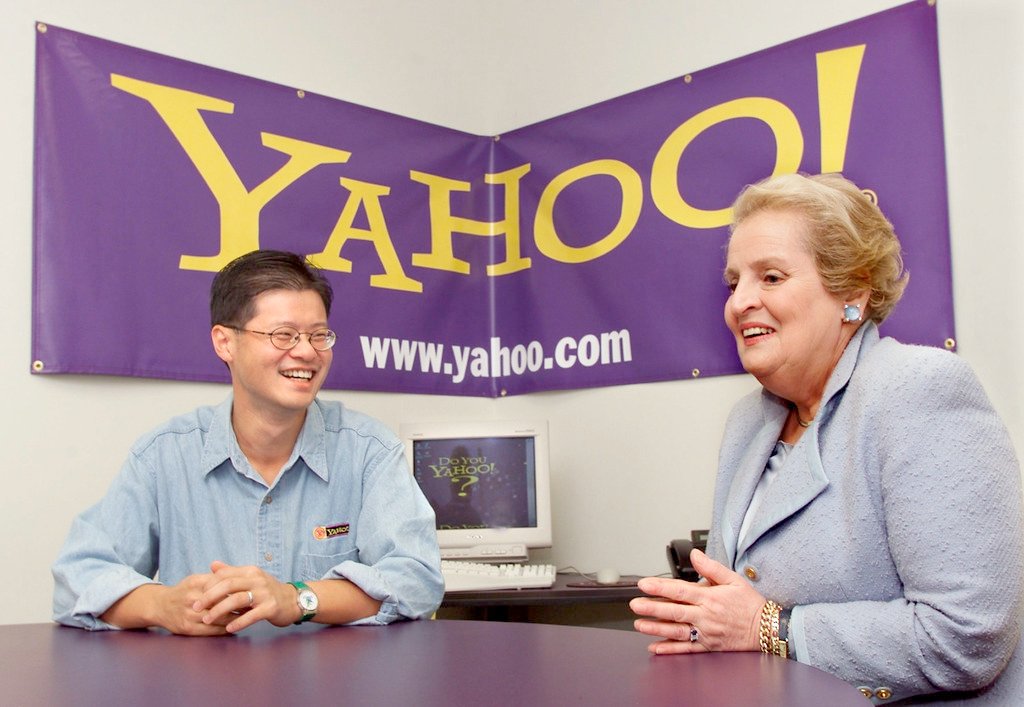
Yahoo! Inc. is a prominent internet company with a rich history that dates back to the early days of the World Wide Web. Here’s an overview of the history of Yahoo:
Founding (1994)
Yahoo’s origins trace back to the dorm rooms of Stanford University in 1994 when two graduate students, Jerry Yang and David Filo, embarked on a visionary project. Initially named “Jerry and David’s Guide to the World Wide Web,” this endeavor was born out of their desire to curate and categorize the rapidly expanding internet. Recognizing the need for an organized approach to navigating the chaos of the web, they meticulously cataloged their favorite websites.
As the project gained traction, it underwent a name change to “Yahoo.” The moniker “Yahoo” was selected for its whimsical acronym, “Yet Another Hierarchical Officious Oracle,” reflecting both the playfulness and the ambitious organizational nature of their venture.
This transformation marked the first step in Yahoo’s evolution from a humble web directory into a global internet powerhouse. The name change not only encapsulated their mission to provide structured access to the web but also signaled the birth of a brand that would go on to shape the digital landscape and become synonymous with the early days of the internet.
Incorporation and Early Growth (1995-1996)
In March 1995, Yahoo officially incorporated as a company, marking a significant milestone in its history. This move marked the transition from a small hobby project started by Stanford University graduate students Jerry Yang and David Filo into a full-fledged internet enterprise. With incorporation came Yahoo’s first round of venture capital funding, providing the financial resources needed for expansion and innovation.
During this pivotal period, Yahoo’s website rapidly gained popularity and became a central portal for internet users. It served as a trusted guide for navigating the vast and rapidly expanding World Wide Web. Yahoo’s user-friendly interface made it easier for people to discover and access online content.
Recognizing the evolving needs of internet users, Yahoo diversified its services beyond its original web directory. It ventured into email services, introducing Yahoo Mail, which would become one of its flagship products. Furthermore, Yahoo expanded its offerings to include news coverage, becoming a source for the latest updates and headlines. Additionally, Yahoo developed its search engine, providing users with a tool to explore the internet more efficiently.
This period of growth and diversification laid the foundation for Yahoo’s transformation into a comprehensive internet platform, setting the stage for its continued evolution as a prominent player in the digital landscape.
IPO (1996)
Yahoo’s decision to go public in April 1996 marked a pivotal moment not only in its history but also in the broader context of the internet’s emergence as a commercial powerhouse. At that time, the internet was still in its relative infancy, and few companies had taken the daring step of becoming publicly traded entities.
Yahoo’s initial public offering (IPO) was nothing short of a resounding success. It generated an enormous amount of investor interest and enthusiasm, attracting significant capital that would fuel the company’s rapid expansion. The timing couldn’t have been better, as Yahoo’s IPO coincided with the onset of the dot-com boom, a period of unparalleled optimism and investment in internet-related ventures.
The success of Yahoo’s IPO served as a catalyst, inspiring other internet companies to go public, further fueling the dot-com frenzy. This period witnessed the birth of numerous internet startups and the influx of substantial investment, setting the stage for a transformative era in the tech industry.
Yahoo’s IPO propelled the company to new heights and played a pivotal role in shaping the internet landscape and how we engage with the digital world today. It remains a testament to the pioneering spirit and vision of its founders, Jerry Yang, and David Filo, who helped define an era of unprecedented digital innovation and growth.
Expansion and Acquisitions (Late 1990s – Early 2000s):
During the late 1990s and early 2000s, Yahoo embarked on an ambitious acquisition strategy that aimed to bolster its services and establish a dominant presence in the rapidly evolving internet landscape. Notable acquisitions during this era included GeoCities, a pioneering web hosting service that allowed users to create their websites; Broadcast.com, a streaming media company that contributed to Yahoo’s foray into multimedia content; and eGroups, which later transformed into Yahoo Groups, a platform for online discussion forums and communities.

These strategic acquisitions not only diversified Yahoo’s offerings but also substantially expanded its user base. Additionally, Yahoo forged crucial partnerships, including a collaboration with Microsoft to integrate their instant messaging services and enhance their online presence. One of the most significant moves during this period was Yahoo’s investment in Alibaba, a Chinese e-commerce giant. This investment would later prove to be immensely lucrative as Alibaba became one of the world’s most valuable technology companies.
Yahoo’s acquisition and partnership spree during this era exemplified its ambition to be a one-stop internet destination, offering its users a wide array of services and content.
Peak of Popularity (Late 1990s – Early 2000s)
During the late 1990s and early 2000s, Yahoo succeeded in becoming one of the internet’s most popular destinations. This rise to a multifaceted approach that offered users a diverse array of services, establishing Yahoo as a comprehensive online portal.
Yahoo’s web search, initially a directory-based system, evolved into a powerful search engine, providing users with a means to navigate the rapidly expanding World Wide Web effectively. Yahoo Mail emerged as one of the earliest web-based email services, revolutionizing communication and paving the way for today’s email platforms.
Furthermore, Yahoo branched into news, finance, entertainment, and more, transforming itself into a one-stop destination for a wide range of online activities. Its market capitalization soared to astronomical heights during the dot-com bubble, reflecting investor optimism about the potential of internet companies.
This era marked Yahoo as a trailblazer in the internet industry, setting the stage for its enduring legacy as an integral part of the digital revolution’s early days.
Leadership Changes and Challenges (2000s – 2010s)
Yahoo’s struggle to maintain its dominance in the search and online advertising markets was emblematic of the rapidly evolving digital landscape in the 2000s and early 2010s. While Yahoo had been a prominent player in these fields, formidable competition from companies like Google posed significant challenges.
Amid these challenges, Yahoo underwent a series of leadership changes in an attempt to chart a new course. Terry Semel, a former Warner Bros. executive, took the helm as CEO in 2001. Under his leadership, Yahoo focused on media and entertainment partnerships but faced criticism for not keeping up with the rapidly advancing search technology.
Carol Bartz succeeded Semel in 2009, with hopes of revitalizing the company. Her tenure involved cost-cutting measures and an emphasis on partnerships with Microsoft in search advertising. However, these efforts didn’t fully restore Yahoo’s competitive edge.
In 2012, Marissa Mayer, a former Google executive, became CEO and aimed to rejuvenate Yahoo’s product portfolio and user experience. While her tenure brought some innovations, Yahoo continued to face challenges in reclaiming its former glory, ultimately leading to its acquisition by Verizon Communications in 2017. These leadership transitions reflected Yahoo’s struggle to adapt to the evolving digital landscape and compete with industry giants like Google.
Decline and Acquisitions (the 2010s)
Despite concerted efforts to rejuvenate the company, Yahoo found itself grappling with a series of challenges that cast a shadow over its once-stellar reputation. One of the most significant blows came in 2016 when Yahoo disclosed a staggering data breach that had compromised the security of millions of user accounts. This breach not only eroded trust but also raised concerns about the protection of sensitive personal information in the digital age.
In the wake of these issues, Verizon Communications stepped in, acquiring Yahoo’s core internet operations in 2017 for a substantial $4.48 billion. This acquisition marked a turning point for Yahoo, as it became a subsidiary of Verizon and was integrated into Verizon’s media portfolio.
As part of the restructuring process, Yahoo’s remaining assets, notably its valuable stake in the Chinese e-commerce giant Alibaba, were separated and placed under a new entity named Altaba Inc. This move aimed to maximize the value of these investments while Yahoo refocused on its core internet properties under Verizon’s ownership. However, it also marked the end of an era for the pioneering internet company, signaling a new chapter in its complex history.
Verizon and Oath (2017-2019)
In 2017, Verizon Communications acquired Yahoo’s core internet properties, encompassing a range of well-known services such as Yahoo Mail, Yahoo News, and Yahoo Finance. Following this acquisition, these assets were folded into Verizon’s subsidiary, Oath Inc. This strategic move aimed to consolidate Verizon’s digital media and advertising efforts under one umbrella.

However, in 2019, in an effort to streamline its brand identity and present a more cohesive image, Oath Inc. underwent a significant rebranding. It emerged from this transformation with a new name: Verizon Media Group. This renaming represented Verizon’s commitment to the digital media sector and its ambition to leverage the collective strength of its various properties, including the enduring Yahoo brand, to compete effectively in the rapidly evolving digital landscape.
Under the umbrella of Verizon Media Group, Yahoo’s internet services continued to serve millions of users worldwide, offering a diverse range of content and online experiences. This evolution showcased Yahoo’s adaptability as it navigated changing ownership structures while remaining a recognizable and influential presence in the digital sphere.
Rebranding and Acquisition by Apollo Global Management (2021)
In a significant development in May 2021, Verizon Communications executed a strategic move by divesting Verizon Media Group, a conglomerate that encompassed well-known internet brands like Yahoo and AOL. The buyer in this substantial transaction was Apollo Global Management, a leading private equity firm.
Subsequent to the acquisition, a notable shift occurred as the company reclaimed its original identity, reverting to the familiar name “Yahoo.” This move was more than just a name change; it symbolized a return to its roots and a nod to its storied history as one of the early pioneers of the internet.
Under Apollo Global Management’s ownership, Yahoo sought to chart a new course and revitalize its presence in the digital landscape. This transition marked a fresh chapter in the company’s journey, emphasizing its commitment to delivering content, services, and experiences that have resonated with users for decades. It remains to be seen how Yahoo will continue to evolve and adapt in the ever-competitive world of online media and technology.
Today, Yahoo endures as a familiar name in the digital sphere, offering a diverse array of online services that cater to the ever-evolving needs of internet users. Among its prominent offerings are Yahoo Mail, a widely used email platform, Yahoo News, a source of up-to-the-minute information; Yahoo Finance, a go-to destination for financial news and insights, and Yahoo Sports, serving sports enthusiasts with the latest scores, news, and analysis.
While it’s true that Yahoo may no longer wield the same dominance it once enjoyed during the internet’s nascent stages, its enduring recognition and user base underline its enduring relevance. Yahoo remains a trusted brand that has weathered the shifting tides of the online world. Its legacy, stemming from the pioneering efforts of Jerry Yang and David Filo, continues to influence the digital landscape, serving as a reminder of the transformative power of innovation and adaptation in an ever-changing technological landscape. In an era of rapid digital evolution, Yahoo remains a testament to the enduring impact of early internet pioneers.
